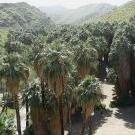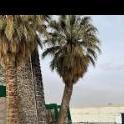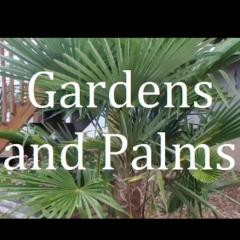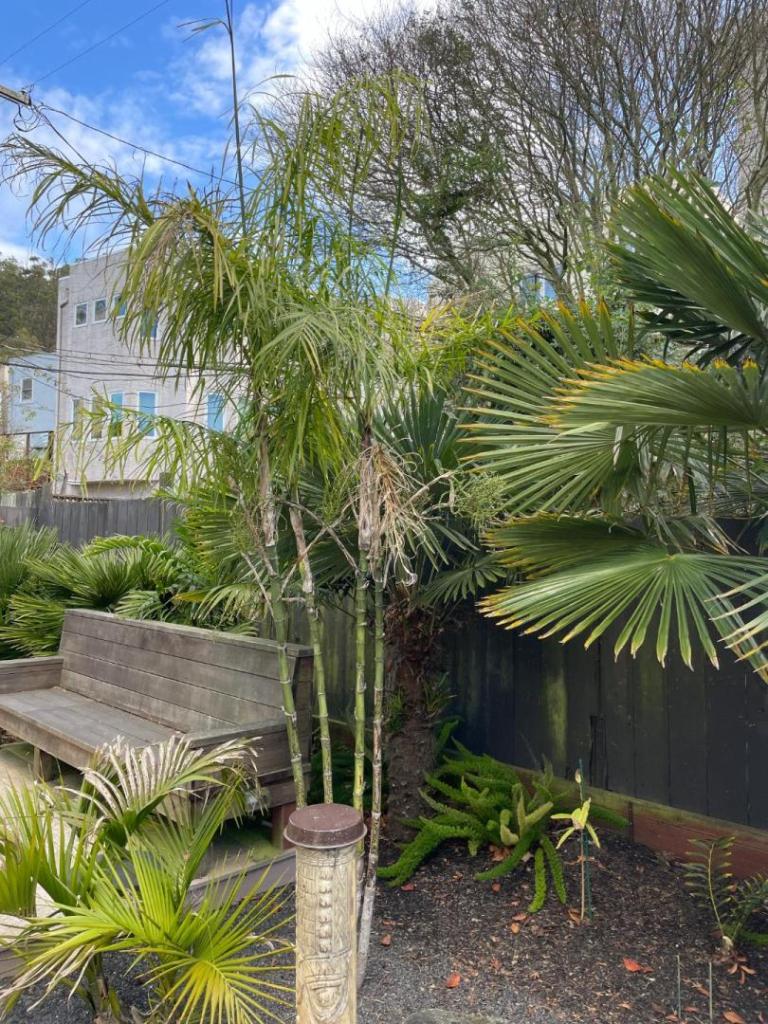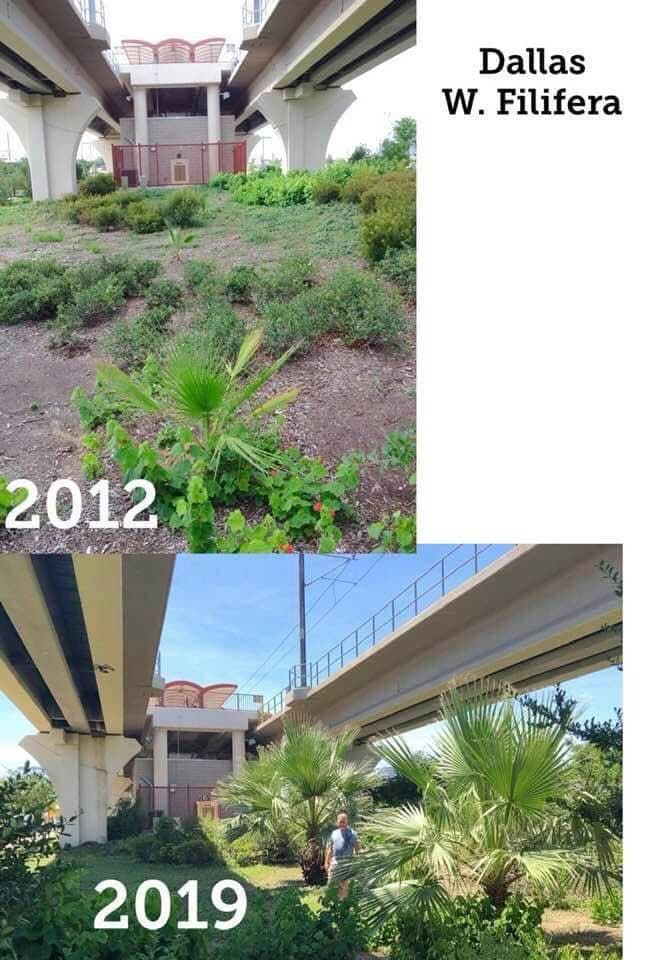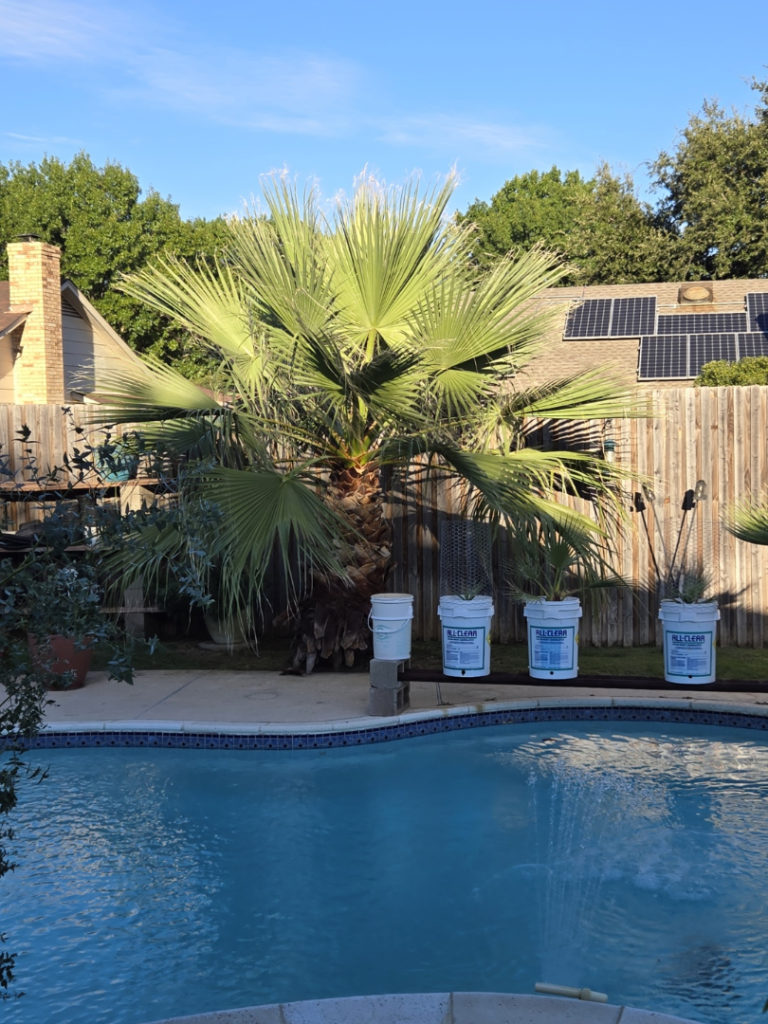Leaderboard
Popular Content
Showing content with the highest reputation on 02/01/2025 in all areas
-
5 points
-
5 points
-
5 points
-
5 points
-
That's too bad... maybe someone down in the RGV would take it off your hands for ya? Sucks that palms get mis-represented too much in the hobby, there's not enough legitimate people in the business it seems. Between the multiple people with very cold tender S. causiarum and the complete farse that is the supposed "cold hardy" queen, it might be best to steer clear of such vendors and find some with more repute. I am enthralled that after a week of dense and dark clouds, the sun finally showed it's gorgeousness today in Central Texas and warmed us well into the 70's. It's starting to give me spring fever big time and I want to get planting, but I think @Xenon might've really jinxed us by declaring the end of the Texas winter LOL! I'm going to wait another few weeks to see how things look in the 10-day forecast at that time. Mid Feb signals the return of the Purple Martins which is always fun. They're the first spring migrant I notice and I love watching them soaring above the house. Several weeks after that it'll be the chimney swifts and barn swallows! I'll post some photos of my palms now that there is some sun to light up their colors. My Mexi's are slightly bronzed and my Queen suffered no damage at all that I can tell?? My ultimate low in the yard was 25F but nearby weather stations in my neighborhood measured anything from 19 to 27F on the coldest morning so hard to say, but given the damage it seems 25 might be accurate. Happy Spring! All you in the North, it's making its way to you as well, just gonna take some more time. Chris Slightly bronzed frond (W. robusta): Undamaged Queen palm sheltered and amongst the growing W. filiferas (this is the true Santa Catarina extra hardy queen palm 🤣) Another shot of W. robusta, I've got two right next to each other. These suckers were 1-gallon when planted May of 2023!! Absolute rockets. Took a walk at Brackenridge and mosied over to the Sunken Gardens to see how the Mules look. It looks like they didn't even notice the cold spell at all. In spite of that I just can't get excited by this hybrid. I LOVE the Queen, and I LOVE the Pindo. I think @Allen had the best looking one around but you could tell he took excellent care of it, and possibly the soil in TN is much more to its liking than the alkaline limestone and clay here, not to mention the 3 months of temps in the 100's with hardly a drop of rain in the summer.5 points
-
I searched and couldn't quite find an existing thread, but let's use this thread to show some love to Sabal. All species and hybrids welcome! Show us what you got. This is a nice Sabal palmetto (best guess) that I rescued from Fresno State's campus several years ago. Their mature trees seed in the lawns and garden beds, and the seedlings get mowed over. I dug this one out and it took well to the transplant.4 points
-
4 points
-
4 points
-
4 points
-
The good old Bismarck palm, hardly ever gets noticed due its popularity. Planted pretty well much everywhere a palm can grow just about. It was all the rage in the day when it got introduced into cultivation. Now it just gets a second look and that’s it. Still a popular palm for some with the room to grow one or two. But a good landscaping palm if your after an impact statement. Easy to germinate and grow the trick is to when it comes to potting up seedlings just germinated. It will always be popular for various reasons.3 points
-
3 points
-
this is a Sabal minor btw. There are some other random Sabal species it might be, but very clear indication it’s not a palmetto is the leaf structure. Palmettos have a costapalmate structure that sort-of bends down. The minors have a true fan/palmate structure with no bend. It looks really good!3 points
-
3 points
-
Once having seen these full, majestic crowns from the Arenal Hanging Bridges in Costa Rica in 2008, the impression never left me. So not long after beginning my Hawaii garden, I planted 3 in July 2011. One was unfortunately lost to a falling tree, but the remaining 2 are growing well and producing hunky flower spathes. They are so gorgeous I wanted more, and in May 2022 planted another trio toward the front of my garden for better viewing as they mature. So far, so good. Photo by Scott Zona, Arenal Hanging Bridges, Costa Rica3 points
-
I do actually have 2 seedlings in ground. As an experiment I buried a few seeds outside. One sprouted in the swampy forest and another by a wall (probably a bad idea) Both are doing ok though they haven’t made much more progress than my potted seedlings atm. Hopefully in 20 years I can say i’ve re established the native sabal population nearby…2 points
-
The fertilizer ratio seems reasonable, I'd also agree with the potassium & manganese deficiency. It could also be a bit of Boron deficiency, as it can also cause distorted new fronds. Mulch around the palm will help with boron deficiency, the mulch will essentially slow-release boron and other nutrients as it degrades. I didn't see a sign of fungus, though some leaf spots could be a "cosmetic" leaf spot type. To rule out a fungus, do the new spears look clean and green? Sometimes a bud rot can damage the new spears as they are growing. If you can check the new spears and/or post a photo that would help. One other possibility is that the palm closest to the building is planted in "builder's sand." At least here in the US the foundations are poured on fine sand that's sometimes hydrophobic, and devoid of nutrients. That doesn't mean you can't grow a palm there, it just means that it may need more fertilizer than normal and stuff like mulch would help a lot.2 points
-
2 points
-
2 points
-
I picked up some seeds from some very robust sabals in a nearby shopping center. Now I have around 5 or 6 seedlings. They all grow very slow unfortunately it’s like watching a rock move 😂. Hoping a few live to become big and beautiful like their mothers. How long can they be kept potted anyway (palmetto)?2 points
-
2 points
-
2 points
-
I had a similar experience with some Caryota fruit when I was in Kauai. My hands started tingling , then went numb for about 25 minutes. It kinda scared me . Thank you for the reminder. Harry2 points
-
I would advise wearing latex gloves when cleaning the fruit from the seeds due to a very irritating compound in the fruit- sone kind of acid I forget the actual name. I learned the hard way many years ago when cleaning A. hookerii fruit. It wasn't the end of the world, but was pretty unpleasant.2 points
-
2 points
-
From 2023-01-10. Used Minwax from Home Depot. This color is called Gunstock. It gives a nice redish look, but not overkill. I added minwax semi-gloss polyurethane. It gives it a little subtle shine. I have been really pleased with the result. I have done this about 3 times now without any affects. I didn't think to take a before pic, but here is one from my security cam for comparison. I have had the Palms about 3 years now. Absolutely LOVE them!2 points
-
Have some fresh palm seeds for sale: Archontophoenix maxima $18/100 Burretiokentia koghiensis $25/100 Chamaedorea tepejilote $15/100 Chambeyronia (Kentiopsis) oliviformis $25/100 Chambeyronia macrocarpa $12/20 Chambeyronia macrocarpa "watermelon" $1ea Rhopalostylis baueri v. "cheesemanii" $20/100 Rhopalostylis sapida v. "oceana" or "Chatham Island" $20/100 Flat rate priority shipping $8 I'll have more types available soon.... Thanks -Joe (760)300-73391 point
-
It's not easy to get other chamaedorea than elegans, microspadix or metallica. Sometimes seiffrizii or hooperiana. I once spotted a metallica with pinnate leaves. Since then I'm searching this one. Sometimes RPS has seeds but very expensive and not my pinnate metallica. Eckhard1 point
-
The new fronds and spear look clean, so probably no issues with Boron deficiency or a crown rot fungus. The soil sounds like it should be fine, and the picture looks like a Queen would like the rich mulch layer. Here's my notes on deficiencies, for reference: Nitrogen - Older fronds turn light green uniformly, new fronds remain dark green until deficiency is really severe Potassium - Older fronds get translucent yellow/orange or dead spots on leaves, especially at the tips. Caryota and Arenga get random splotched dead spots in leaves. Sometimes tips are curled or frizzled. Always starts at tips of oldest leaves, moving upwards Magnesium -Yellow ends on oldest leaves first, transitions to solid green at the base of each leaf. Does not cause leaf tip necrosis until really severe. Iron - Many times caused by overly mucky soil and root rot. Starts with new spear leaves with yellow-green or even white, possibly with spots of green. EDDHA works up to pH of 9, 3-5oz per 100sqft Manganese - Lengthwise necrotic streaks in NEW leaves with dead and curled leaf tips. Similar to bands showing Magnesium deficiency. Mn is NOT mobile, so it can't be stolen from old leaves. Boron - Bent or necrotic or distorted leaf tips, distorted or bent spear, bands of dead spots on new fans, spears that won't fully open, stunted fronds Water - Underwatering brown at the edges first, later followed by yellowing of the whole leaf. Overwatering can be drooping fronds turning yellowish and losing color Calcium – New leaves are stunted and necrotic, eventually growing only petiole stubs. Deficiency is rare. High pH from adding calcium can induce Magnesium, Manganese, Iron and Boron deficiencies. Dolomitic Lime or Azomite - Magnesium Carbonate – reduces acidity/raises pH – slower release and adds Magnesium, helps avoid Potassium deficiencies in Cuban Copernicias. 5Lb per palm on full-size Copernicias and a bit less on Kentiopsis Oliviformis Garden Lime - Calcium Carbonate – fast release but works well. 5Lb per palm on full-size Copernicias and a bit less on Kentiopsis Oliviformis Sulfur - Elemental sulfur powder or prills reduces pH, 1/2 ounce per cubic foot in sandy soils Sunburn - Orange/Red/Brown streaks on surfaces facing the point of hottest sun, typically the worst case is around 1-4pm. Sun tolerant species will adapt and grow out of it. Shade loving species may never adapt. Since Manganese is *not* mobile from old fronds, I'd rule that out as a cause. You'd see it first in the new fronds, which look good. The smaller palms in the picture show typical leaf tip yellowing of Magnesium deficiencies, common and looks fairly mild. The translucent and black spots with dead leaf tips is typical Potassium deficiency. It may be that they just want more of your current fertilizer. How much are you giving them, and how often? You could also consider adding KMag or SulPoMag or Langbeinite, all names for the same stuff.1 point
-
I see the same here. Several weeks ago I collected some bulbils from a local plant and potted them up. They didn't flinch at one night of 27°F on a covered porch although its probably a degree warmer in that spot. They're toothless also. Never saw any cold damage to the mother plant since I've been here.1 point
-
the seeds still need time to mature I have 4 arenga engleri, 1 in the garden and 3 in large pots, I no longer have space in the garden1 point
-
1 point
-
1 point
-
It’s almost as if for some people, once you’ve had everything, having fewer things is a blessing in disguise.1 point
-
1 point
-
They like water , for sure. Sorry , I can’t see much wrong with that palm . Maybe I’m missing something. Harry1 point
-
Sabal Causiarum after freeze damage from temperatures around 25°f. Even my Robusta went through the long freeze better. I'm not sure if it's a Sabal Causiarum anymore and some of you guys already came up with a different type of Sabal that gets easily mixed up. Leaf hardiness on this particular Sabal is poor. Will be digging it out on the weekend.1 point
-
1 point
-
Sure, it bears watching but... We're already ruined this season so of course now the bitter cold will stay up to the north like it should have in January. Despite the vortex split, I see no indication (yet) of freezing weather in the Deep South. Unlike the ominous medium-long range model forecasts that were shown in unison by the Euro, the GFS and the cfsv2 back in early January, the latest GFS 384 hr runs show nothing but mild temperatures ahead as does the predicted CFSV2 weekly anomalies for the next 4 weeks:1 point
-
I think the hardness may also come from its drought tolerance. A number of my potted specimens were sitting in places where they dried out completely in between more rainy periods and seem to be no worse off for the wear.1 point
-
Seen some trachies persist for a couple years in Childress. Gone now. Childress is not on the caprock like Amarillo/Lubbock. Spent a week every month in Lubbock for years. No trunking palms that I have seen last more than a couple years. Although I suspect sabal minors would be doable. I've literally seen it go from Arctic conditions to full on summer walking across a parking lot(city block. The weather changes that fast. True story. Different world up on that caprock! Llano estado https://en.m.wikipedia.org/wiki/Llano_Estacado1 point
-
1 point
-
Sometimes the cold damage is short term until the weather warms. Sometimes the cold damage is permanent.1 point
-
Ours get plenty of sun, in a cool climate similar to Darold's and Rivera's. They get irrigated with the rest of the yard. They are our fastest growing palms (well, until our cunninghamias get going). They sometimes look slightly ragged during our windy springs but get better the other three months. They were 5-6 feet high when planted about four years ago and are now about 10'-12'. I sure wish the little H. balmoreana were as fast!1 point
-
The hyophorbes you can bring indoors. I have both spindle and bottle that live indoors all winter in NY so I’m sure they’d do fine for shorter periods in CA. I have a greenhouse that I heat above freezing but is still quite cool at night, similar to what winter days in CA can be like (albeit for more weeks). I have tried to grow a bottle in there and it didn’t die, but it stopped all growth, the existing fronds withered and it never started growing again the whole following summer. The second winter then killed it. All the usual z8/z9 palms do fine with months of cool temps.1 point
-
There are a bunch of them out here.. Tony has many, planted many, and I've started a few here at our place.. but photos of his Washingtonia filifera Most of his are still on the property but he has planted them ALL over DFW.... There are a few in the suburbs as well I have two that are very small still compartively but they are chugging along and don't seem phased by 9.9f last year even at a small size. Ideal palm for DFW!1 point
-
I don’t have many in containers . The ones I do have are protected as best as possible. So far , it’s been mostly very dry with very little rain so if they are dry to touch , they get watered. The dry wind also plays havoc on the garden , but potted plants really suffer , if they are in plastic , they get blown around . Wedging the pots between rocks or other plants helps . Harry1 point
-
I live in a semi dry zone in San Antonio Texas. We can grow a good amount of different palms. The lowest temperature recorded is 5F in the 1980s and 9F in 2021. All California fan palms survived including CIDPS. California fan palms can handle way colder temperatures than 12-14f over here. They went through ice and snow.1 point
-
1 point
-
Here's a suggestion. If PalmTalk stopped keeping track of the weekly, monthly, yearly, all time "popular contributors", that may cut down on the over-posting by some. I think it's possible that some people see these posting updates as a race to be the most popular contributor, which unfortunately has a negative effect on the forum by filling it with a lot of random petty subjects.1 point
-
1 point


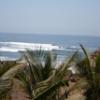



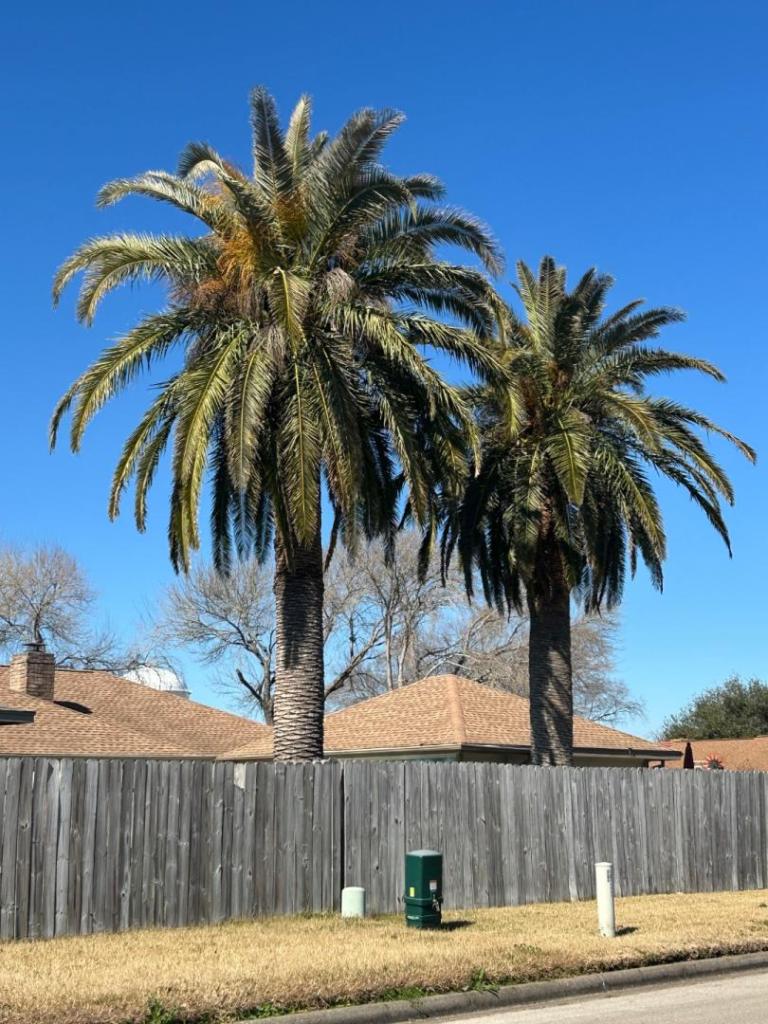





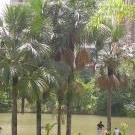
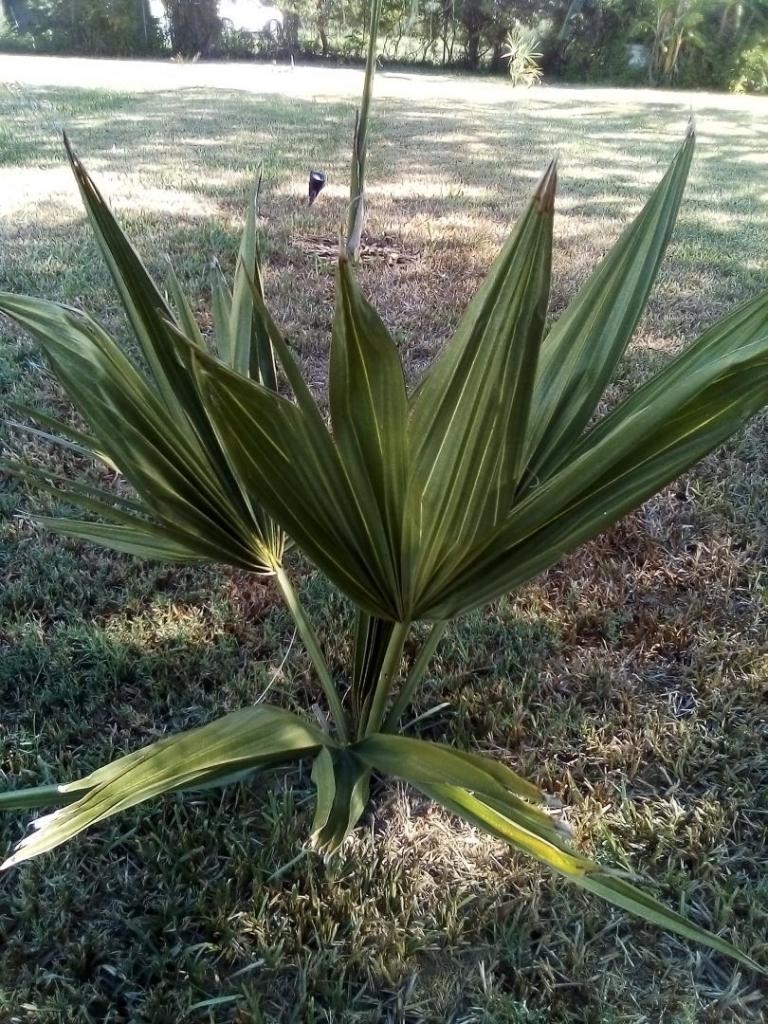



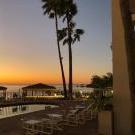

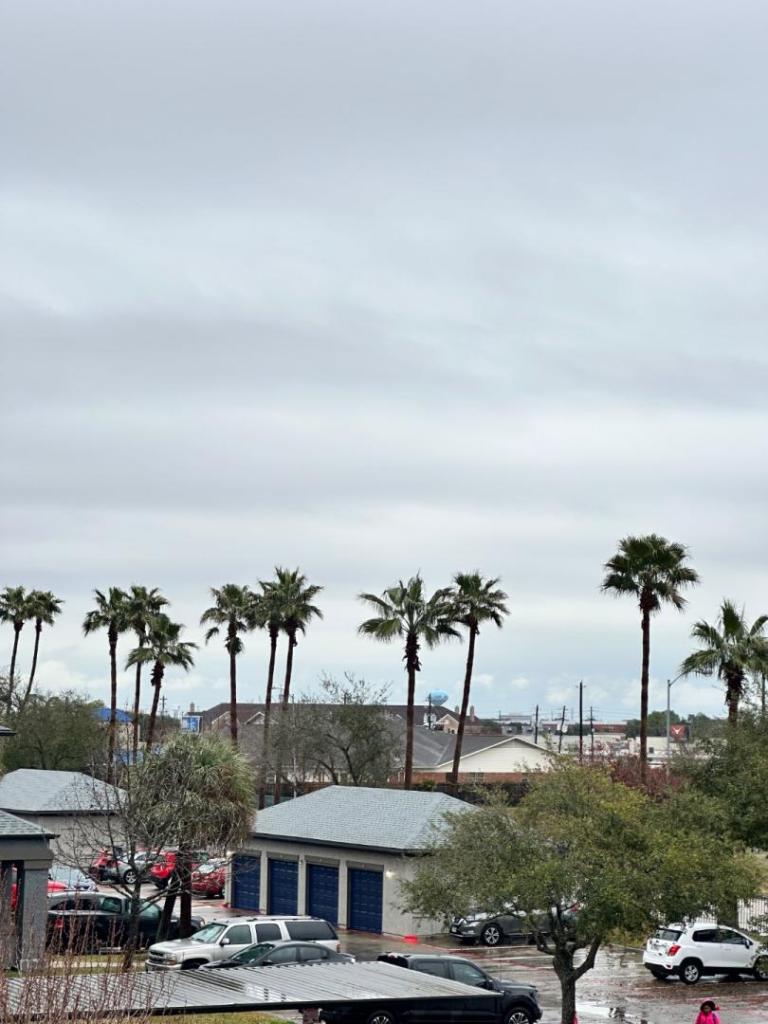
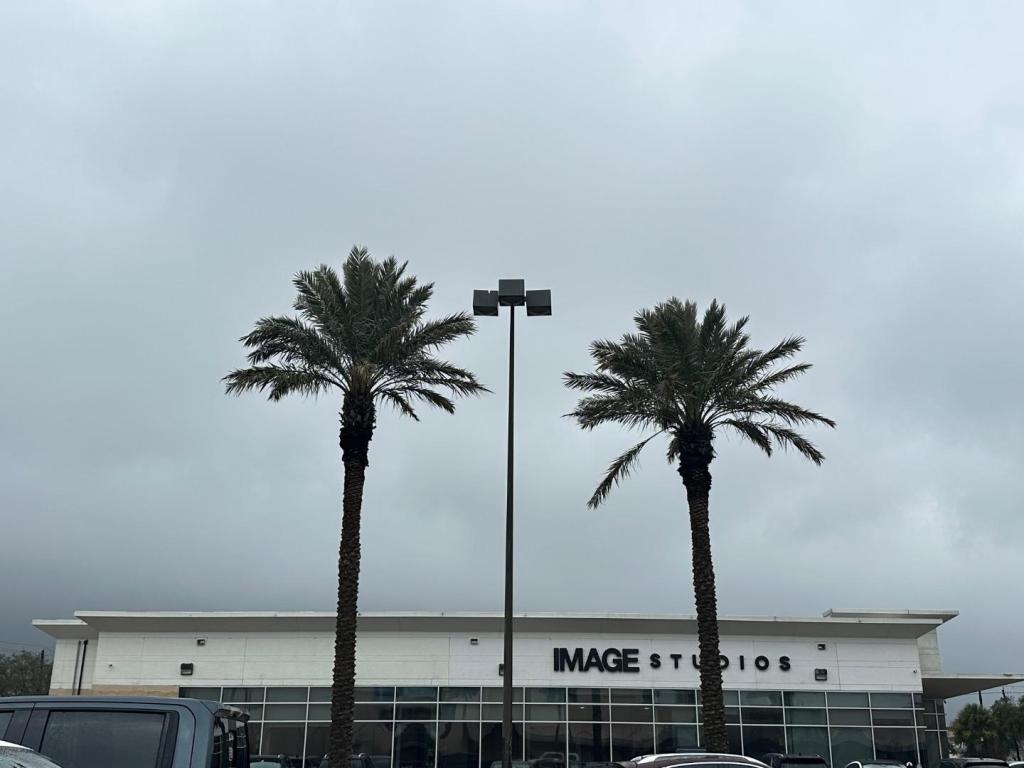

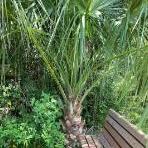










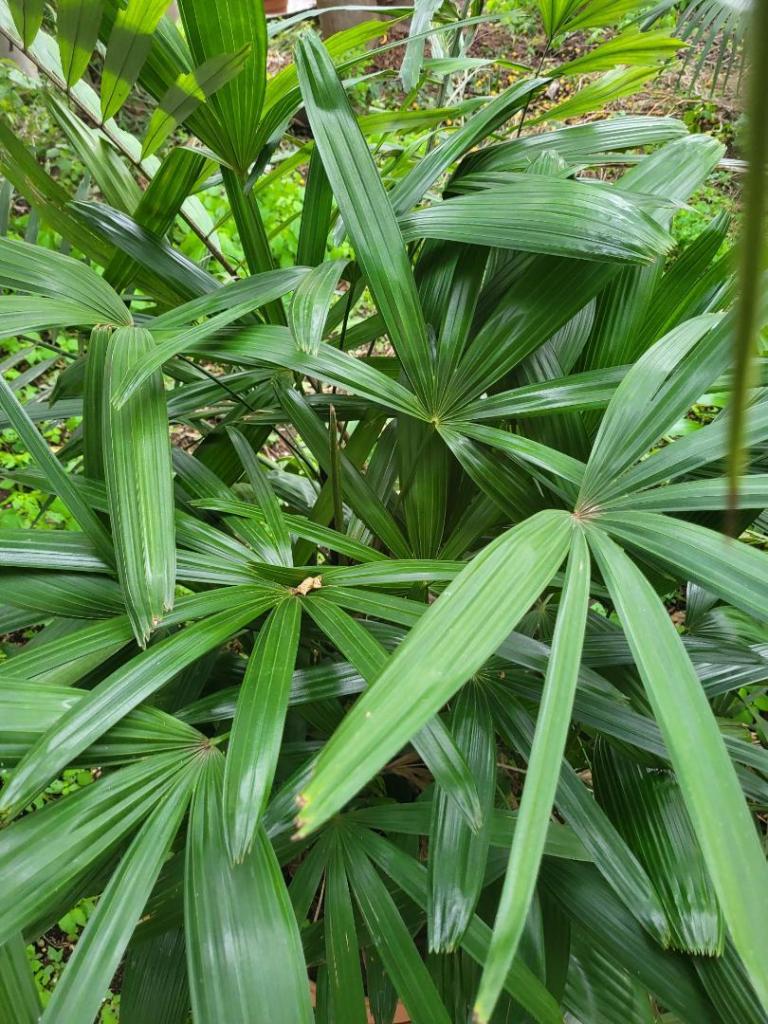



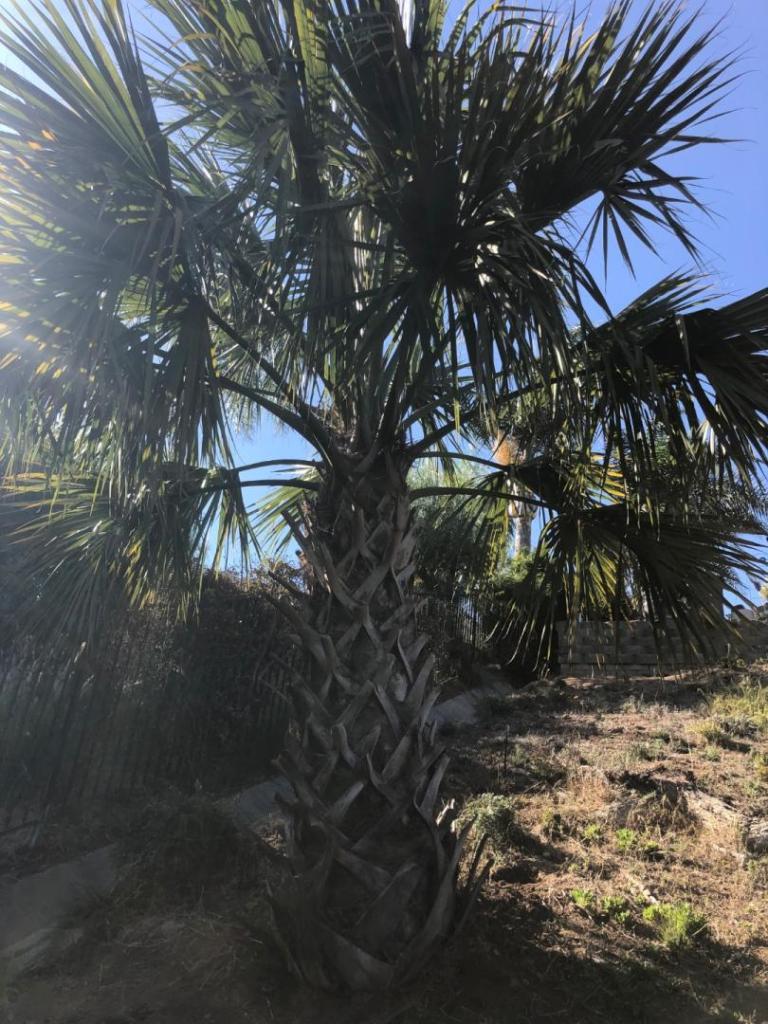



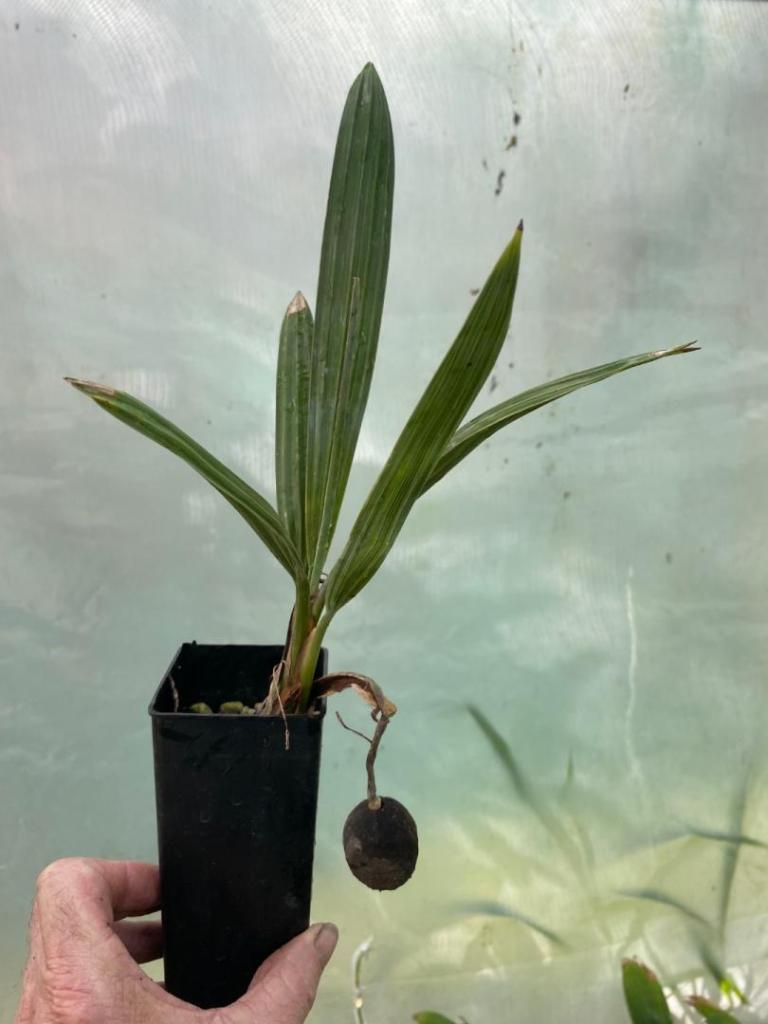
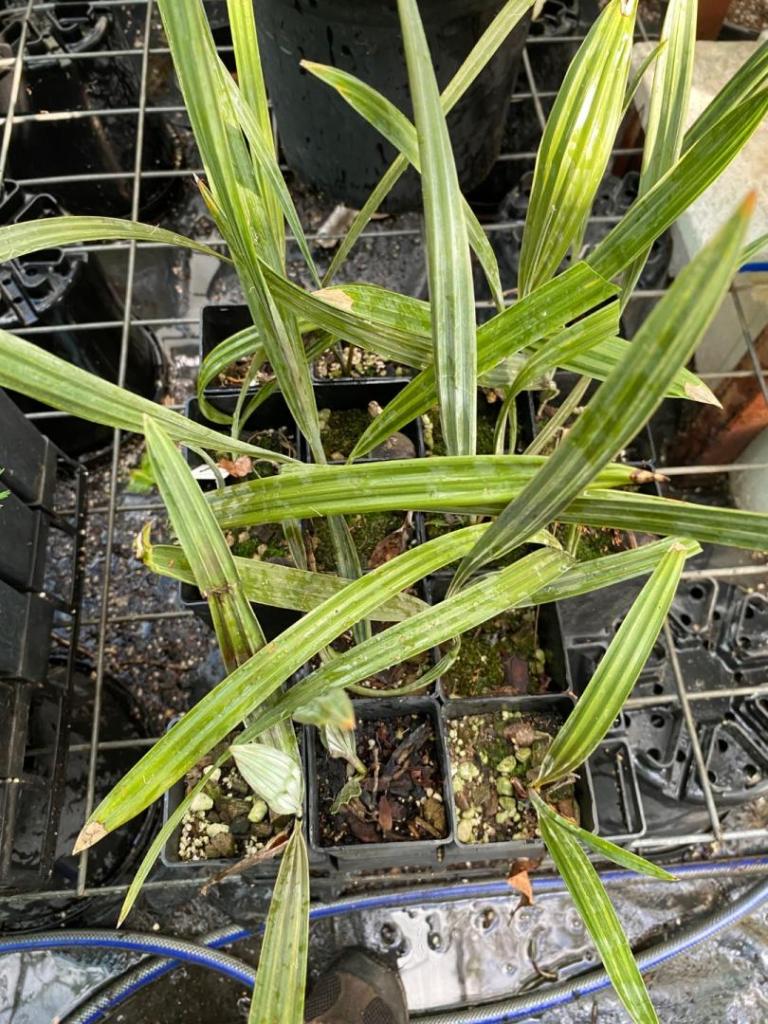





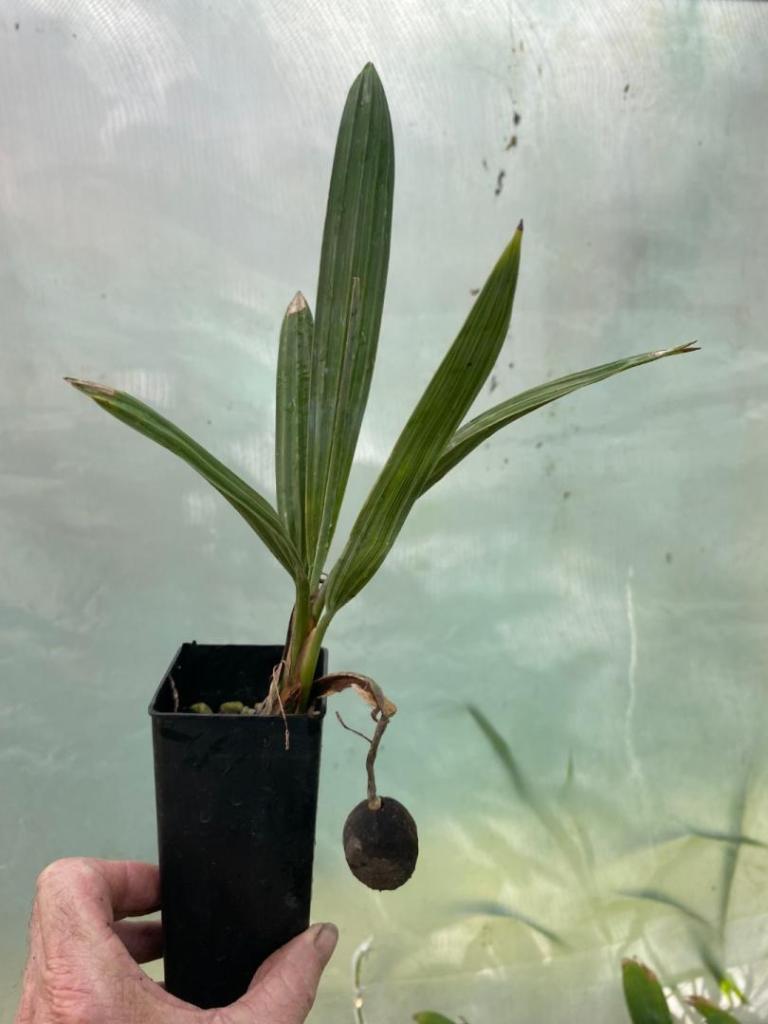



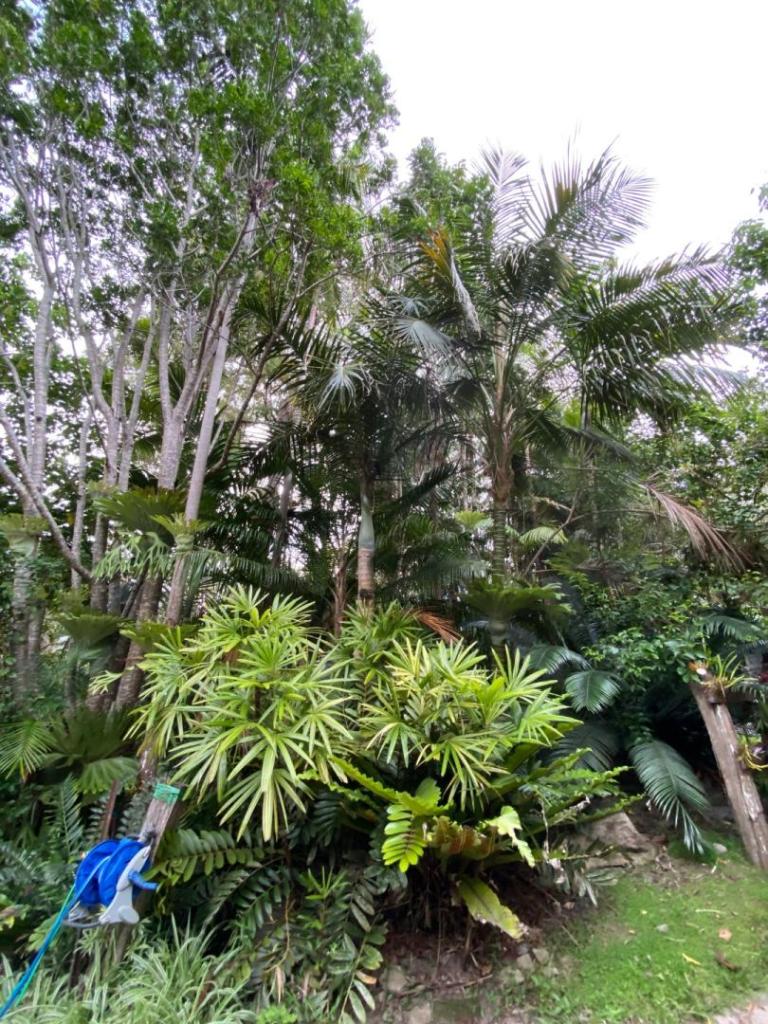
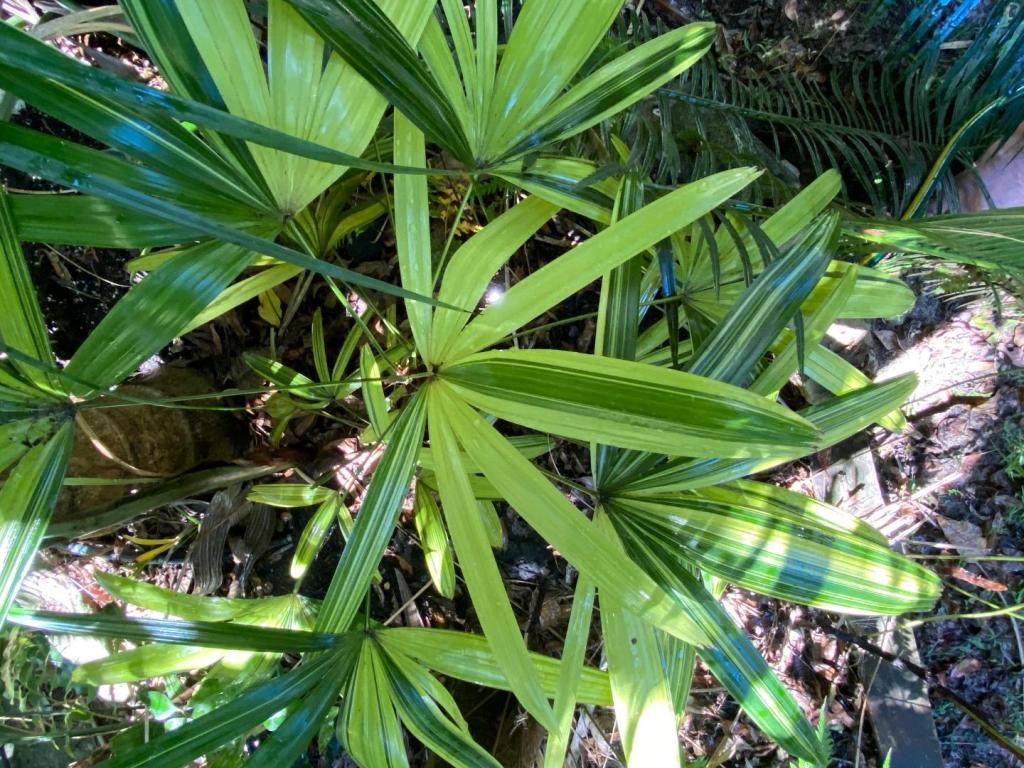
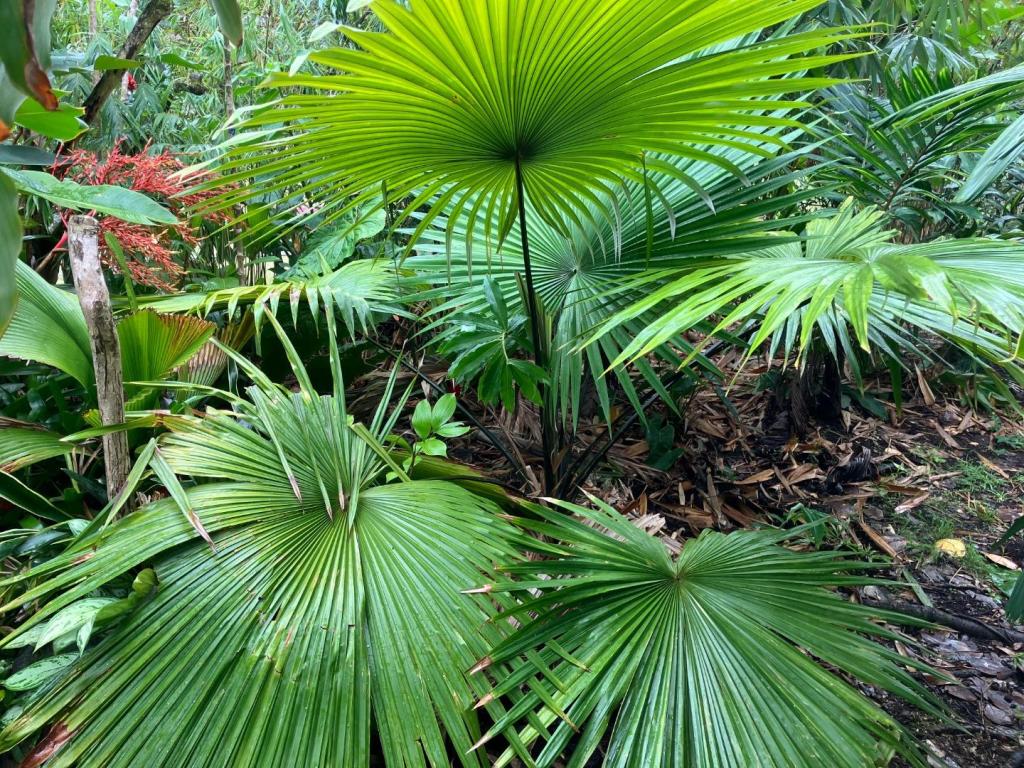
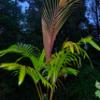


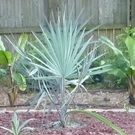
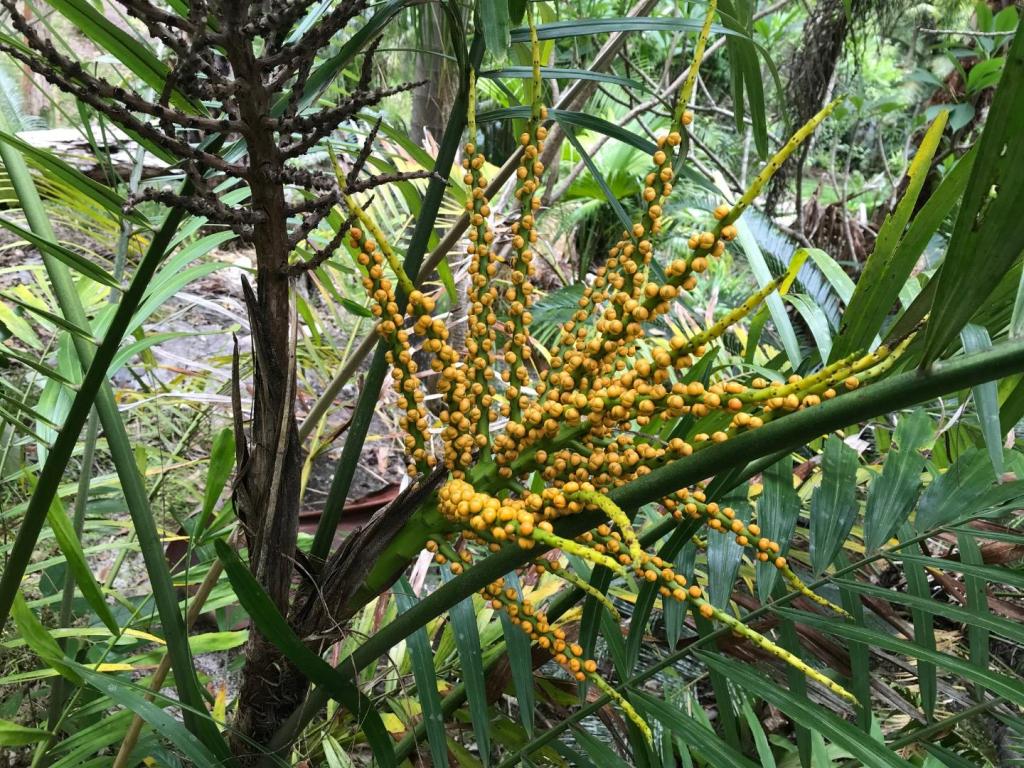
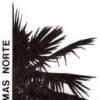





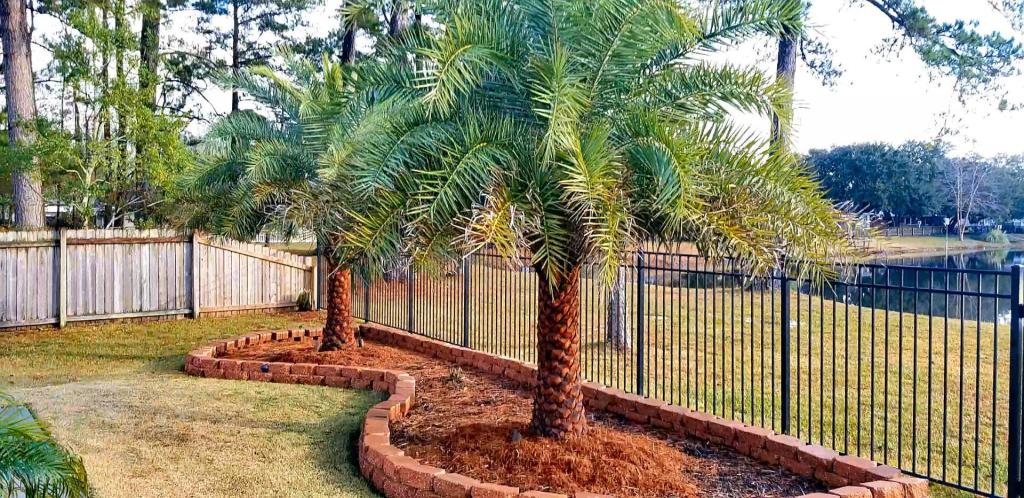
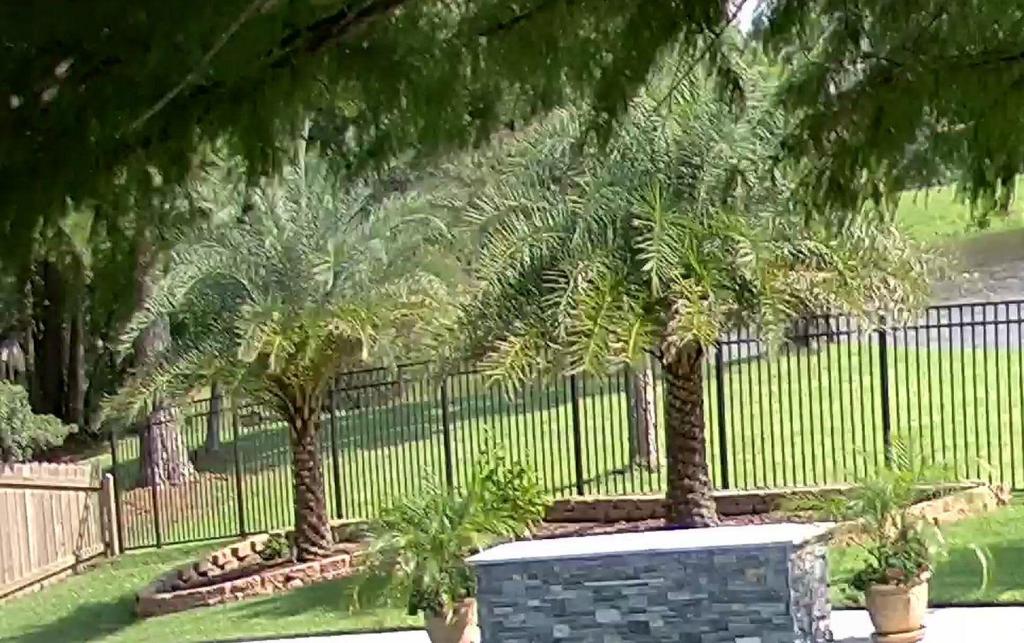
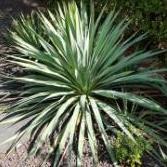




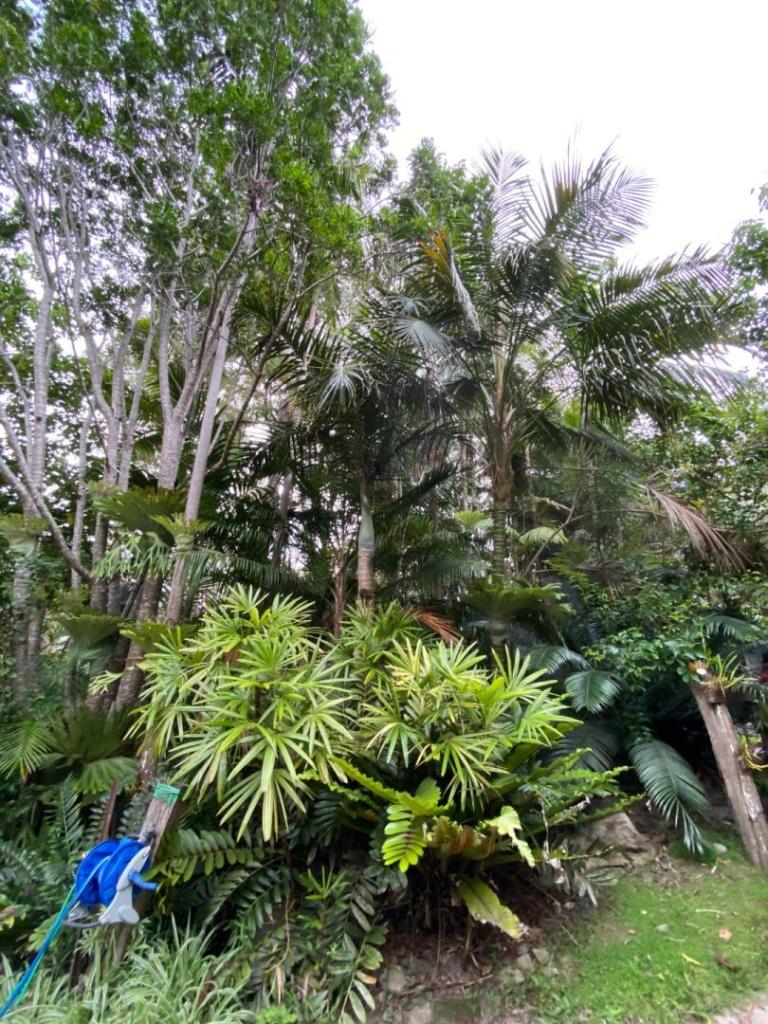

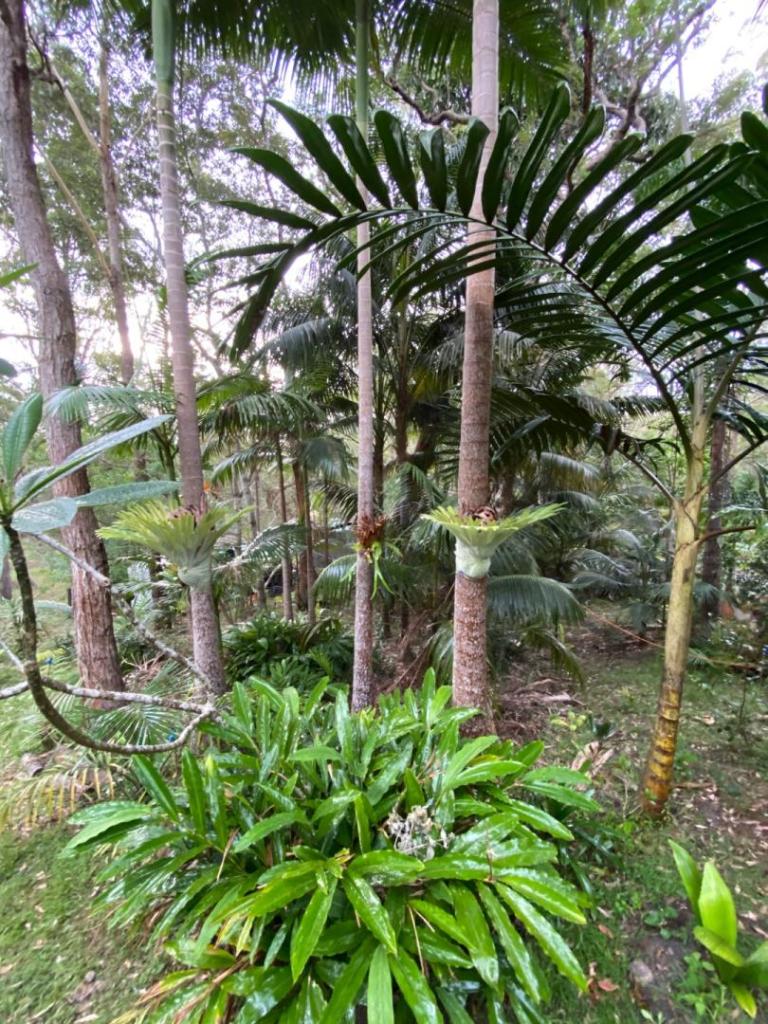
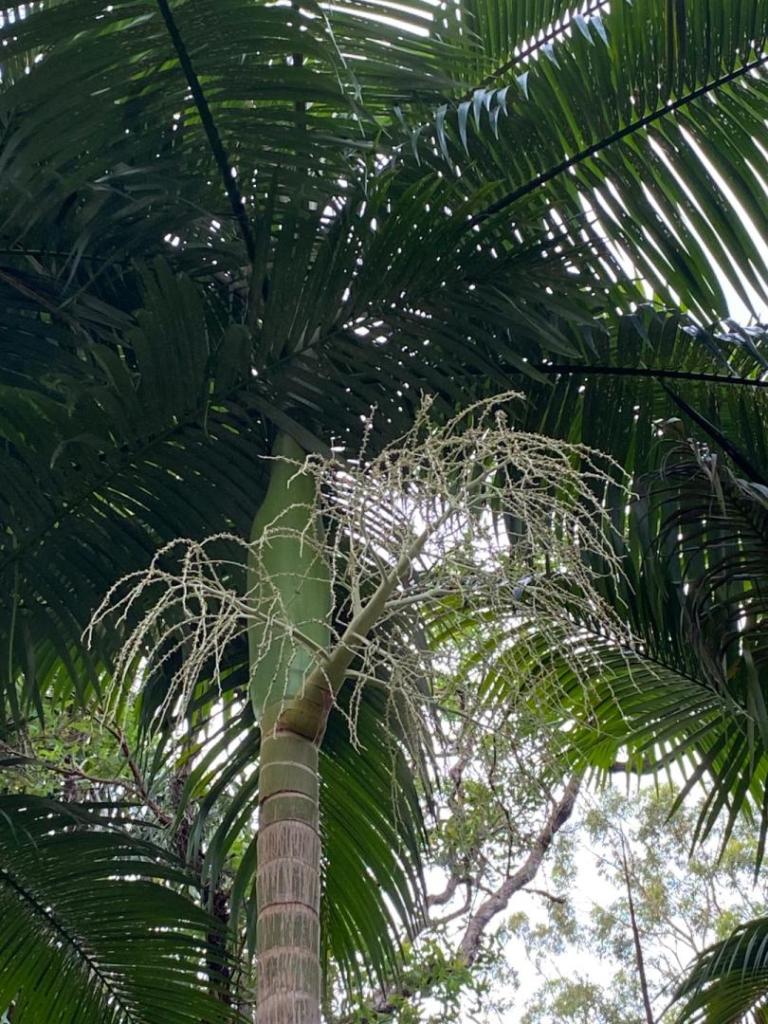






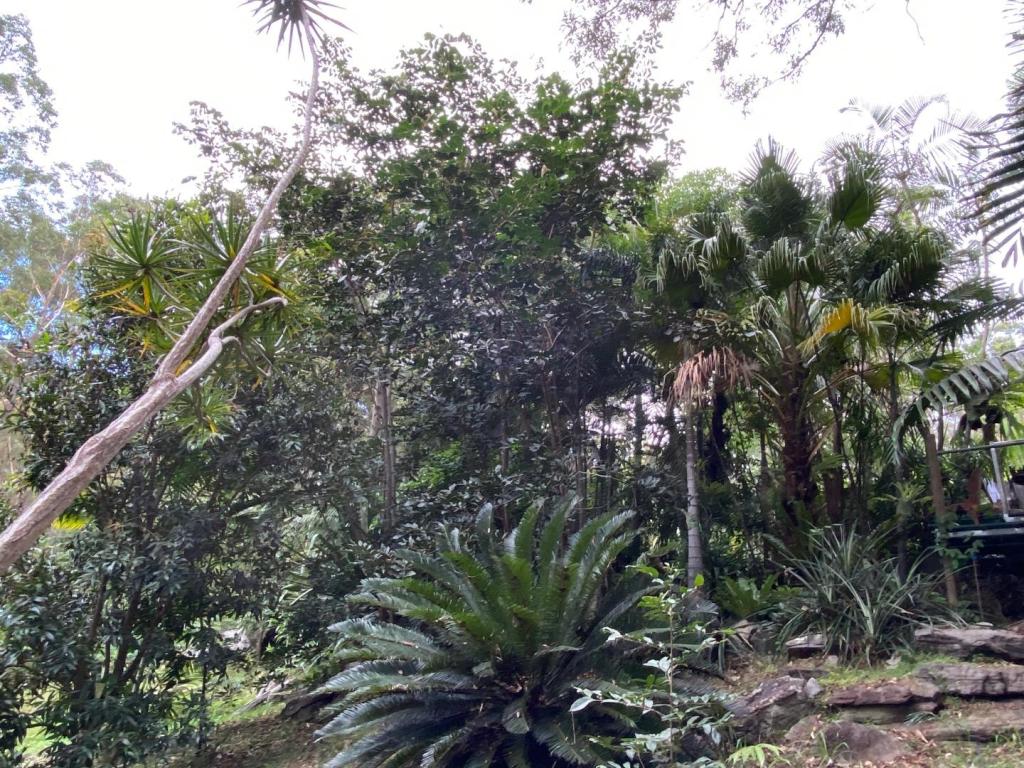
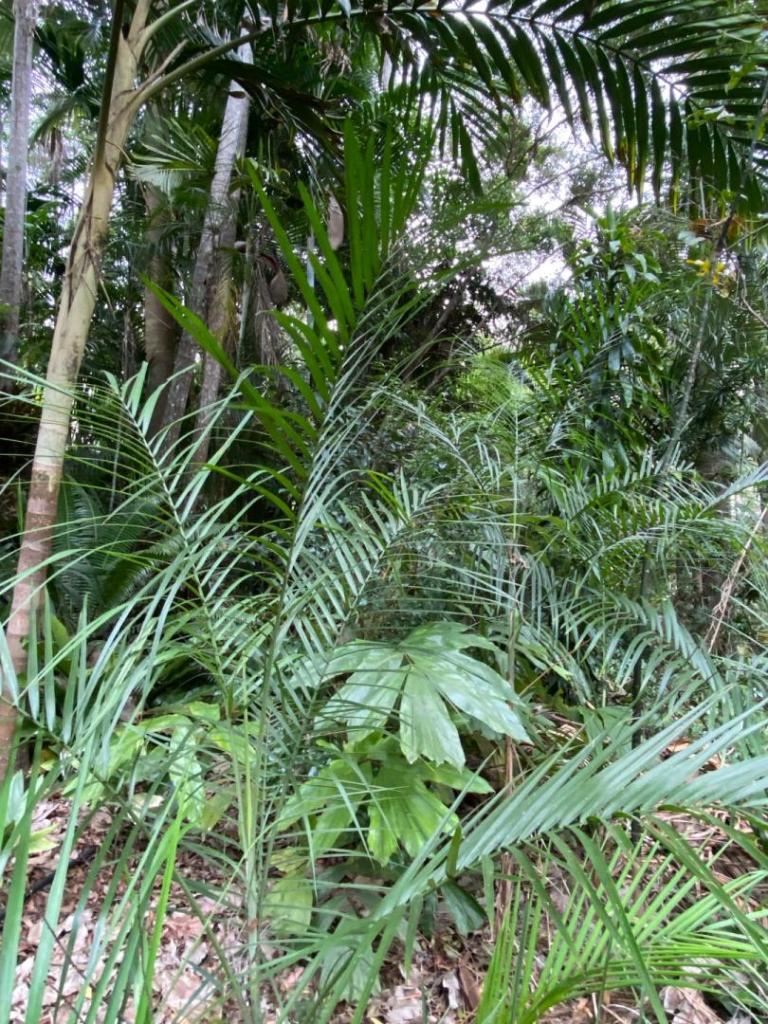

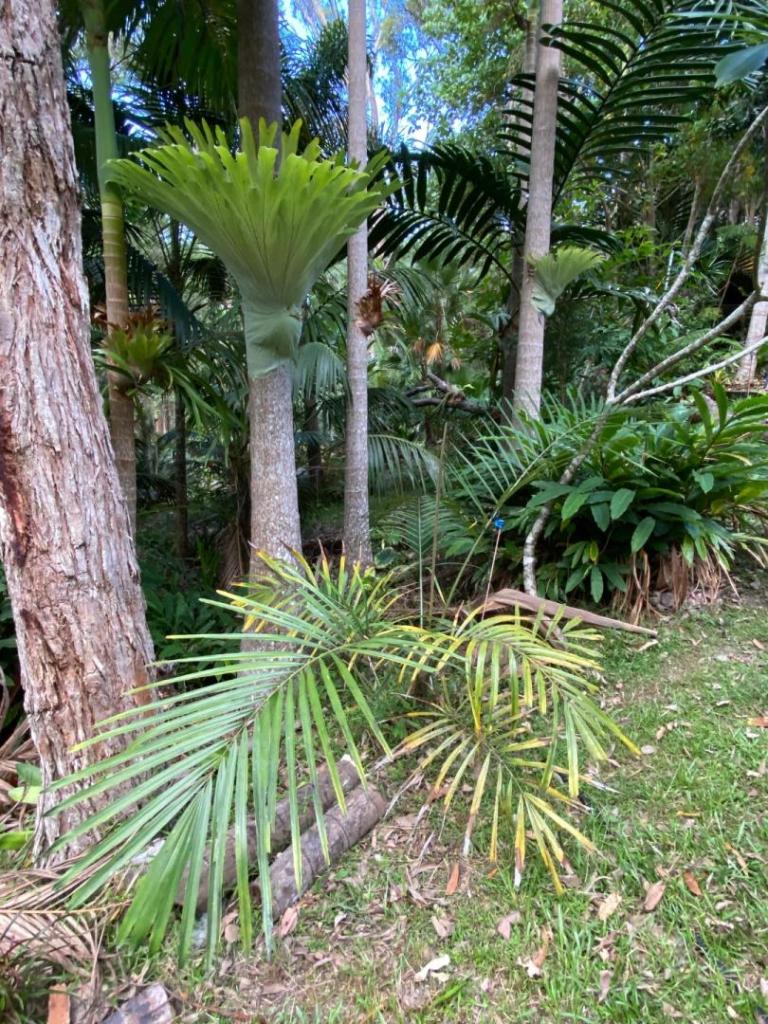




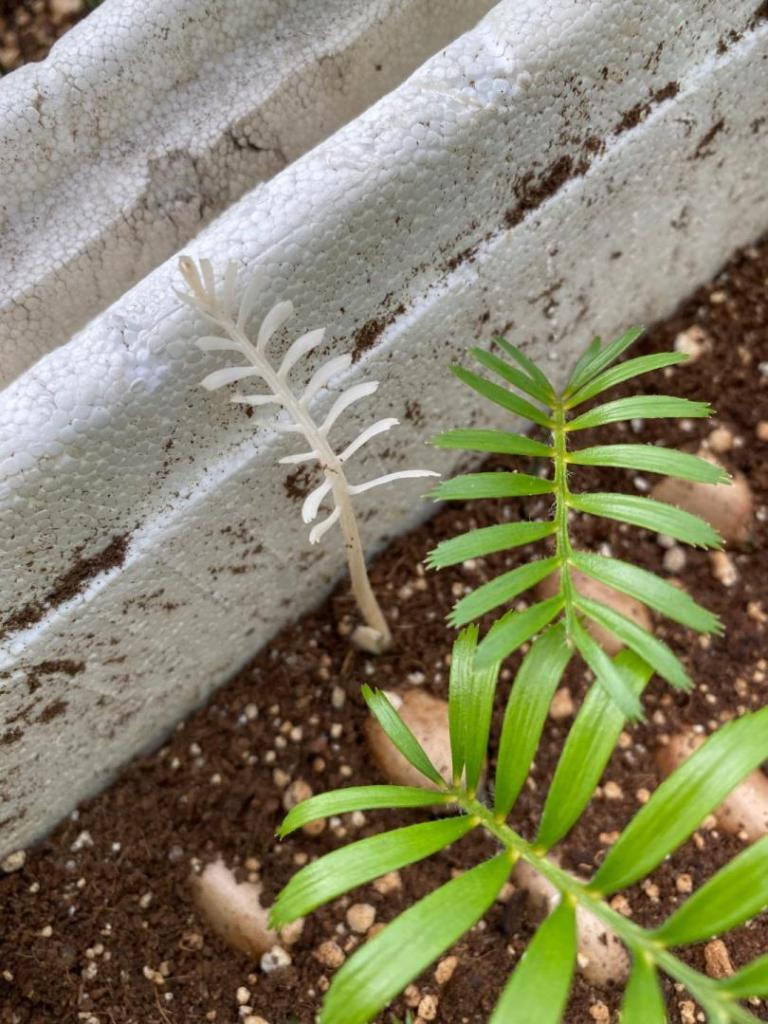

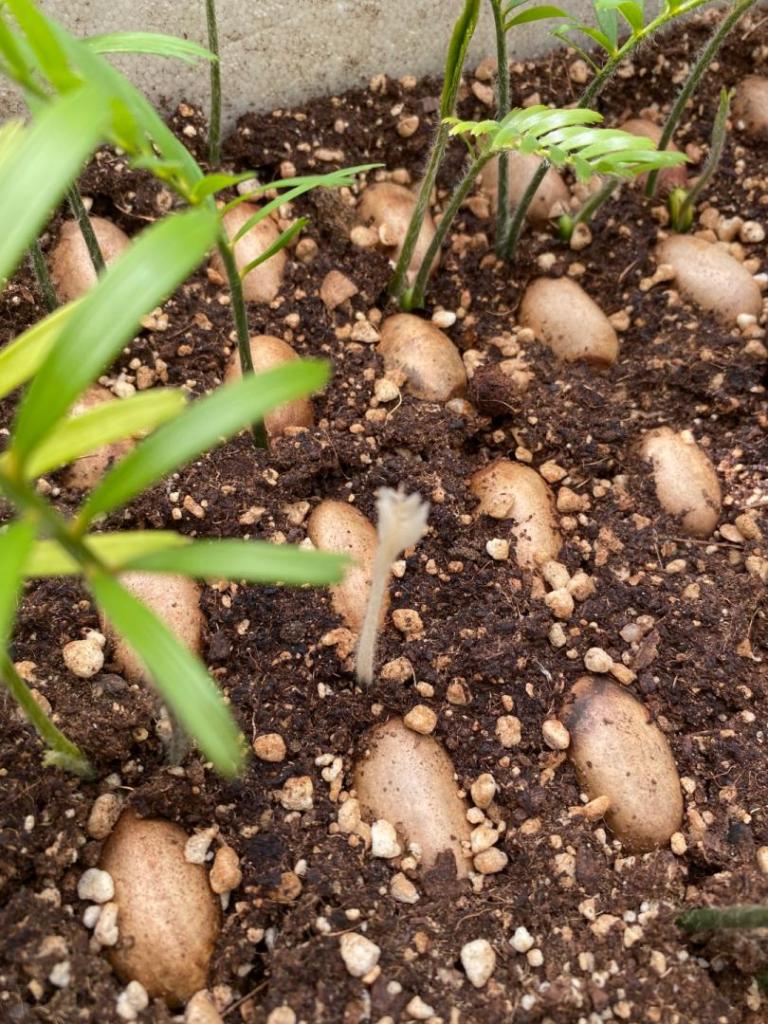

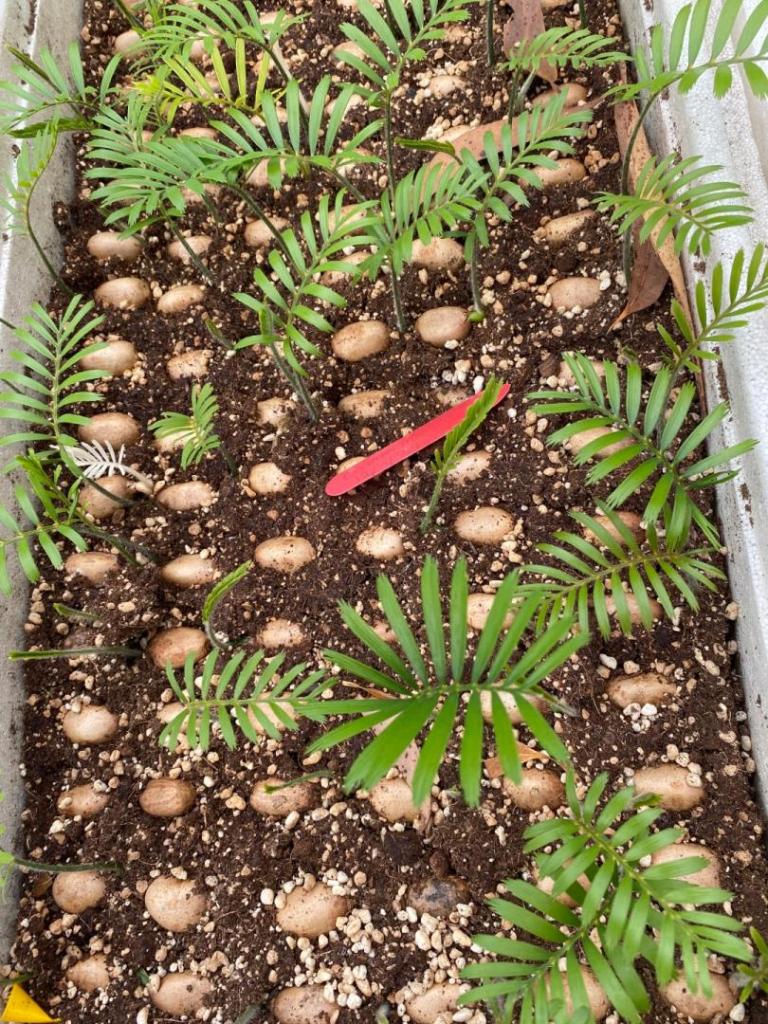
.thumb.jpg.304b32ca4398a111edf4ac525048111e.jpg)

